Unraveling the Tale: A Journey through the Colorful History of Rum.
- 2022-02-07 05:00:00
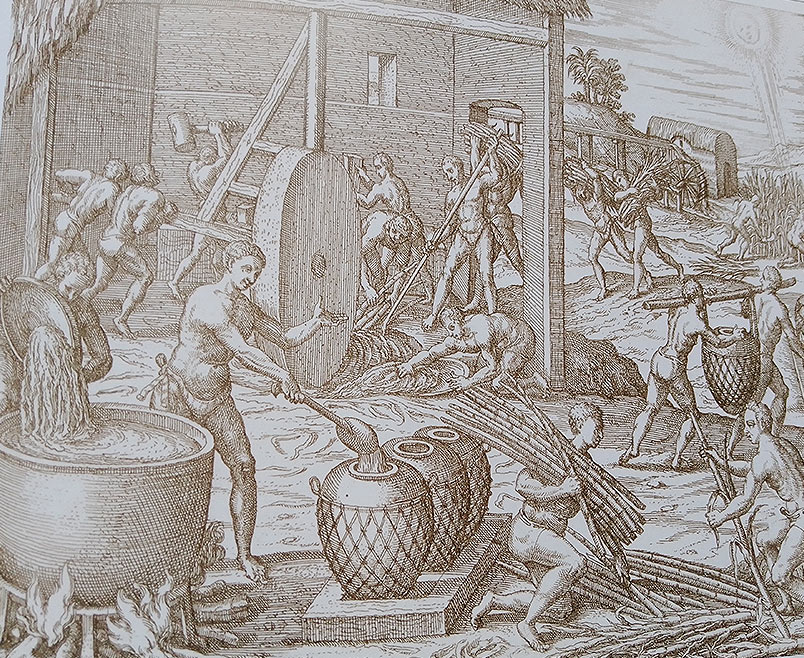
Rum, with its rich flavors and storied past, has woven itself into the tapestry of cultures and traditions around the world. From its origins in the sugarcane fields of the Caribbean to its global prominence today, the history of rum is a captivating tale of exploration, trade, and cultural exchange. Join us as we embark on a journey through time to explore the fascinating history of rum and its enduring legacy.
- Origins in the Caribbean: The story of rum begins in the sugarcane fields of the Caribbean islands, where enslaved Africans first discovered the process of distilling sugarcane juice into a potent spirit. These early rums, known as "kill-devil" or "rumbullion," were crude and unrefined but provided much-needed solace and sustenance to weary laborers toiling under harsh conditions on colonial plantations.
- The Rise of Caribbean Rum Distillation: As European colonists established sugar plantations throughout the Caribbean in the 17th century, rum production became a profitable sideline to sugar cultivation. Plantation owners built distilleries to process the molasses—a byproduct of sugar refining—into rum, which they traded for goods such as textiles, spices, and manufactured goods. Rum quickly became a valuable commodity in the transatlantic trade network, fueling economic growth and colonial expansion.
- Pirates, Privateers, and Rum: The Golden Age of Piracy in the Caribbean during the 17th and 18th centuries further fueled the demand for rum, as pirates and privateers plundered merchant ships laden with rum and other valuable cargoes. Rum became synonymous with the seafaring life, with sailors and buccaneers alike indulging in copious quantities of the spirit to ward off scurvy, boost morale, and numb the hardships of life at sea. Rum also played a role in the infamous "triangular trade," with rum being exchanged for African slaves in the Caribbean and Americas.
- Colonial Expansion and Rum Production: As European powers vied for control of colonial territories in the Caribbean and the Americas, rum production expanded to new regions, including British colonies such as Jamaica, Barbados, and Trinidad, as well as French, Spanish, and Dutch colonies throughout the region. Each Caribbean island developed its own unique style of rum, influenced by factors such as climate, soil, and local traditions. Jamaican rum, with its bold flavors and heavy-bodied character, became particularly prized among connoisseurs.
- Rum in the American Colonies: Rum played a pivotal role in the economy and culture of the American colonies, where it was used as a form of currency, traded for goods and services, and consumed in taverns and households alike. New England became a hub of rum production, with merchants importing molasses from the Caribbean and distilling it into rum in bustling seaport towns such as Boston and Newport. Rum also played a significant role in the Triangular Trade between the American colonies, Africa, and the Caribbean, with New England merchants exchanging rum for African slaves to be sold in the Caribbean.
- The Industrial Revolution and Rum Production: The Industrial Revolution of the 18th and 19th centuries brought significant advancements in rum production, with the mechanization of sugar cane cultivation, refining, and distillation processes leading to increased efficiency and productivity. Sugarcane plantations expanded, and rum production became more centralized and commercialized, with large-scale distilleries producing vast quantities of rum for domestic and international markets.
- Modernization and Globalization: In the 20th century, rum production underwent further modernization and globalization, with the introduction of new technologies, quality control measures, and marketing strategies. Large multinational corporations acquired many of the historic rum distilleries in the Caribbean, leading to concerns about the homogenization and commodification of rum. However, the rise of craft distilling and the resurgence of interest in artisanal and small-batch spirits have sparked a renaissance in rum production, with a renewed focus on quality, authenticity, and terroir-driven expressions.
- Varieties and Styles of Rum: Today, rum is produced in a wide range of styles and varieties, each with its own unique flavors, aromas, and characteristics. From light and crisp white rums to rich and complex aged rums, the world of rum offers something for every palate and preference. Rum is also used as a base spirit in a variety of cocktails, including the iconic Mojito, Daiquiri, and Piña Colada, showcasing its versatility and mixability.
- The Future of Rum: As we look to the future, the outlook for rum is bright and promising, with continued innovation, sustainability, and consumer education driving the industry forward. Craft distillers are experimenting with new fermentation techniques, aging methods, and flavor profiles, pushing the boundaries of traditional rum-making and creating unique and exciting expressions. With a growing appreciation for the rich history and cultural heritage of rum, enthusiasts around the world are raising their glasses to toast the enduring legacy of this beloved spirit.
In conclusion, the history of rum is a testament to the resilience, ingenuity, and cultural significance of this iconic spirit. From its humble beginnings in the sugarcane fields of the Caribbean to its global prominence today, rum has captured the hearts and palates of people around the world, uniting them in a shared appreciation for craftsmanship, tradition, and the simple pleasure of a well-made rum cocktail. As we raise our glasses to toast the past, present, and future of rum, let us celebrate the timeless spirit of conviviality, camaraderie, and enjoyment that rum brings to our lives. Cheers to the fascinating history of rum and the adventures that lie ahead!
Richard Parker, California
-
Recent Posts
-
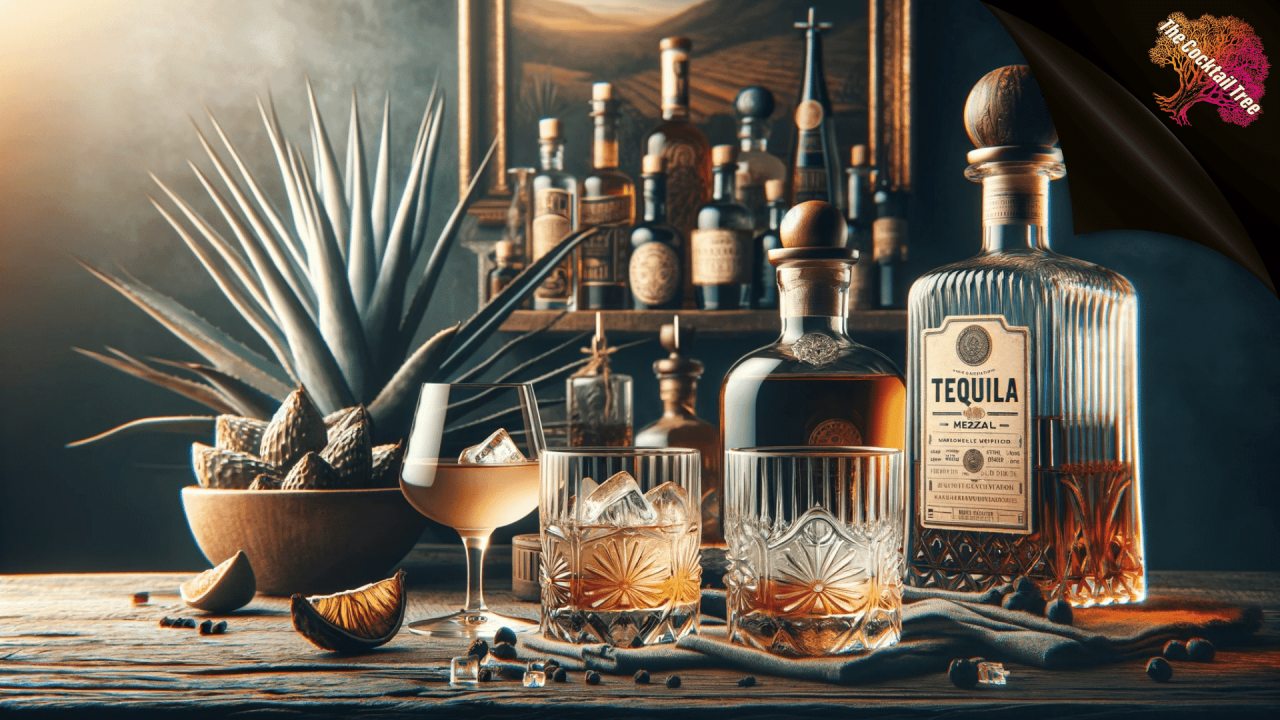
Tequila, the elixir of agave, transcends mere libation to become a symphony of science, art, and alchemy. Join us on an expedition through the intricate world of tequila, where molecules mingle, flavors...
-

Rum, with its rich flavors and storied past, has woven itself into the tapestry of cultures and traditions around the world. From its origins in the sugarcane fields of the Caribbean to...
-
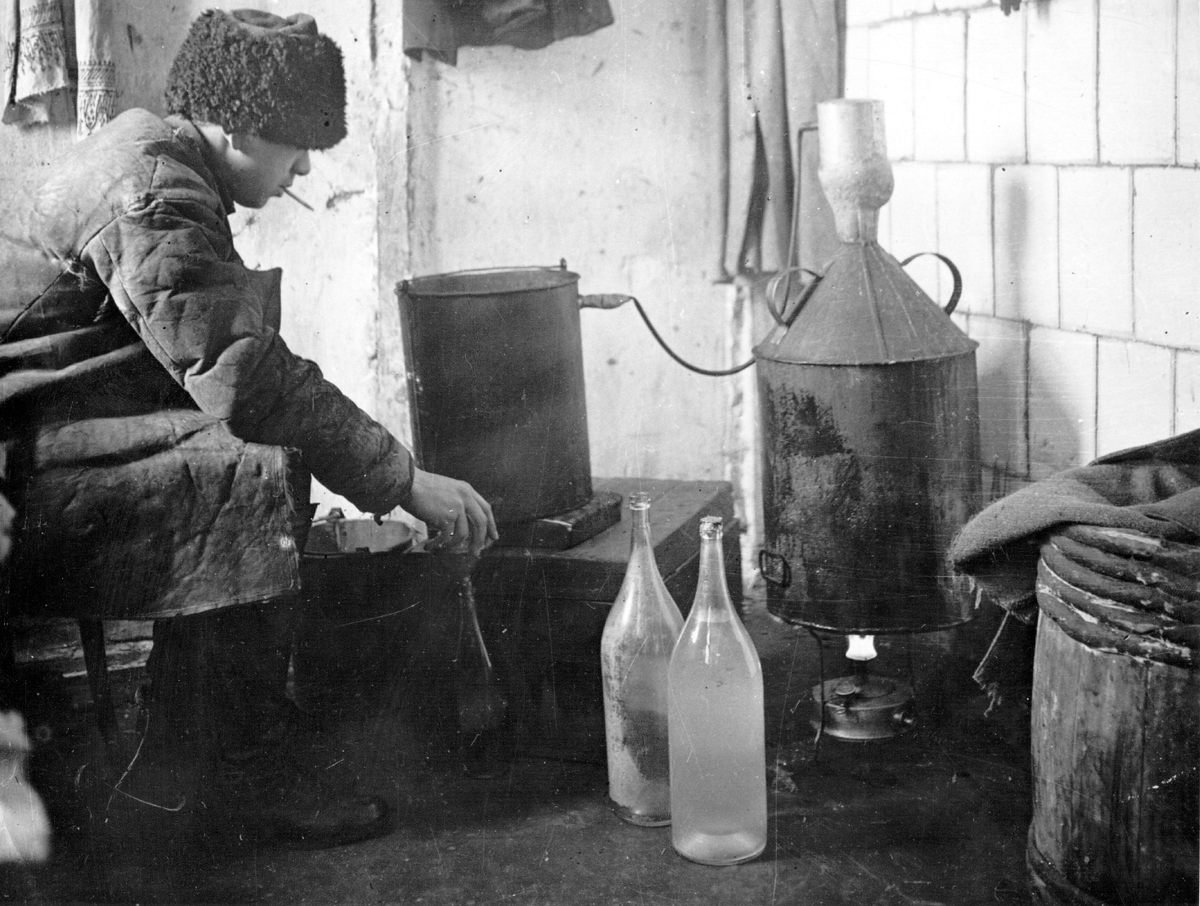
Vodka, with its clear, pure appearance and versatile nature, has a history as fascinating and diverse as the cultures that have embraced it. From its mysterious origins in Eastern Europe to its...
-

Whisky, with its complex flavors and rich heritage, has captured the hearts and palates of people around the world for centuries. From its humble beginnings in ancient civilizations to its global prominence...
-
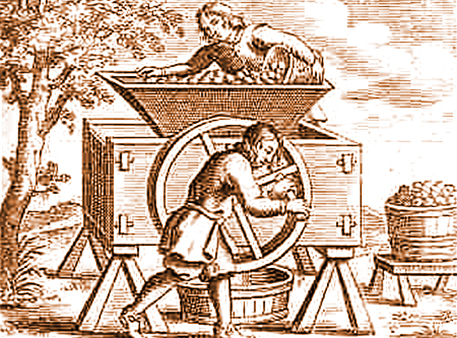
Cider, with its crisp and refreshing taste, has a history as rich and diverse as the apples from which it's made. From its ancient roots to its modern resurgence, cider has been...
-
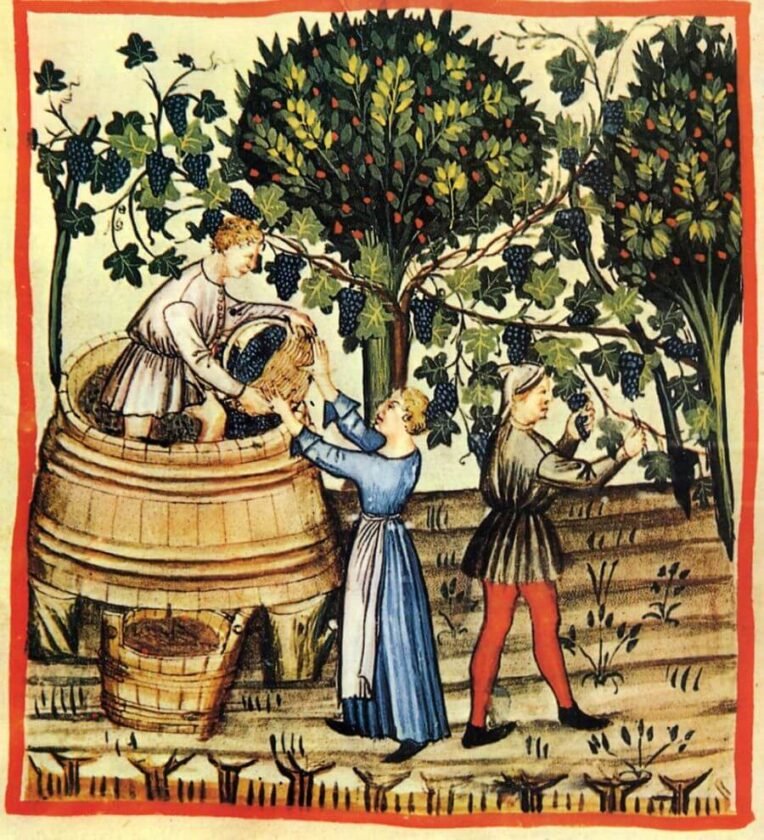
Wine, with its rich tapestry of flavors, aromas, and cultural significance, has been an integral part of human history for millennia. From its humble origins in ancient Mesopotamia to its global prominence...
-
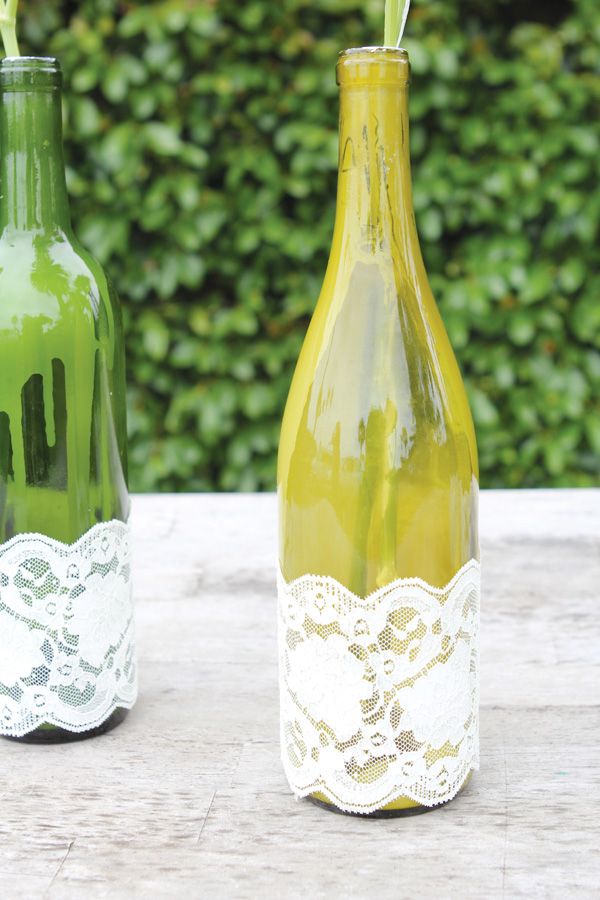
Wine isn't just for drinking—it's also a versatile and inspiring medium for crafting and décor. Whether you're looking to add a touch of wine-inspired charm to your home or seeking unique gift...
-
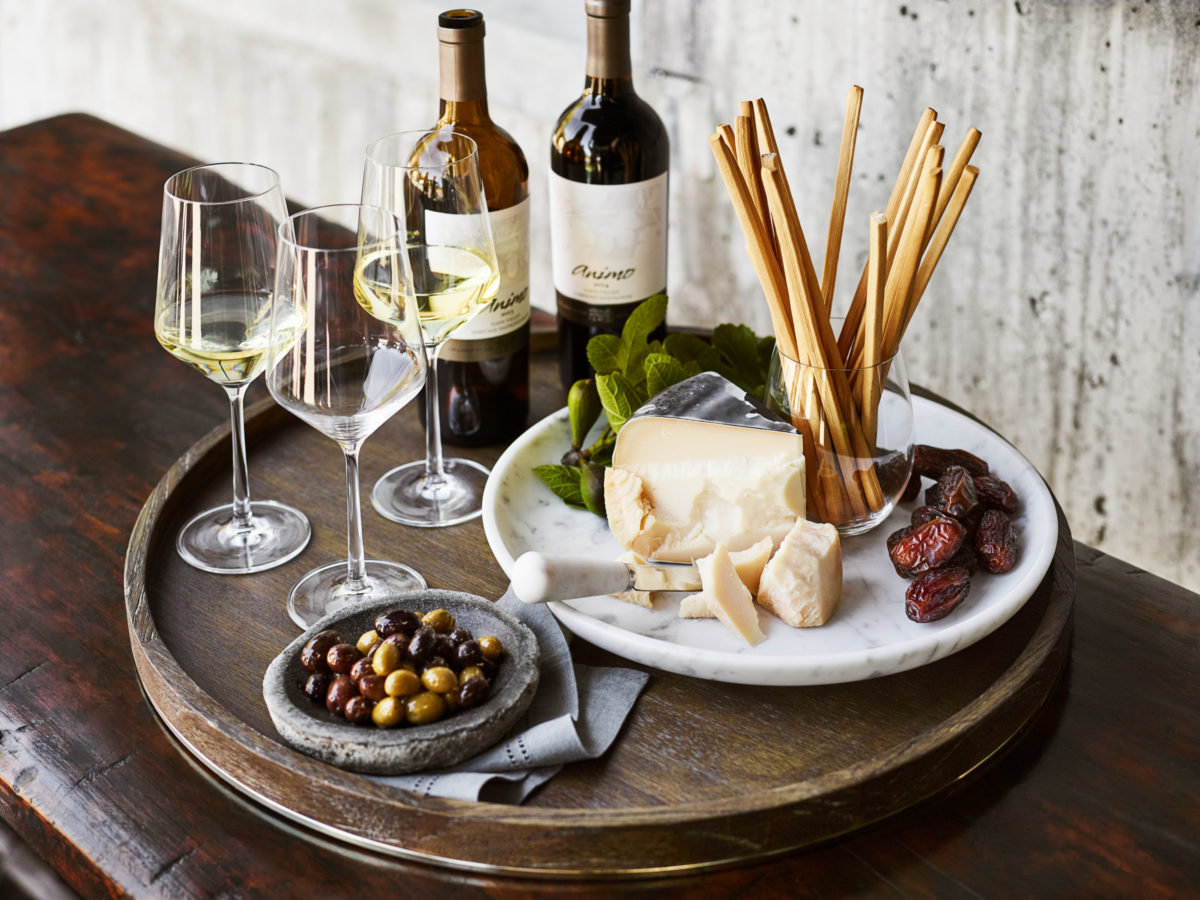
There's no better way to explore the world of wine than by gathering friends and loved ones for a wine tasting party. Whether you're a seasoned oenophile or a curious novice, hosting...
-
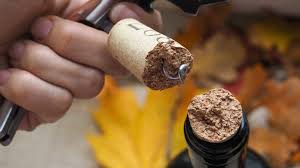
Wine, with its complexity and nuance, is a beverage cherished for its ability to delight the senses and evoke a myriad of flavors and aromas. However, like any agricultural product, wine is...
-
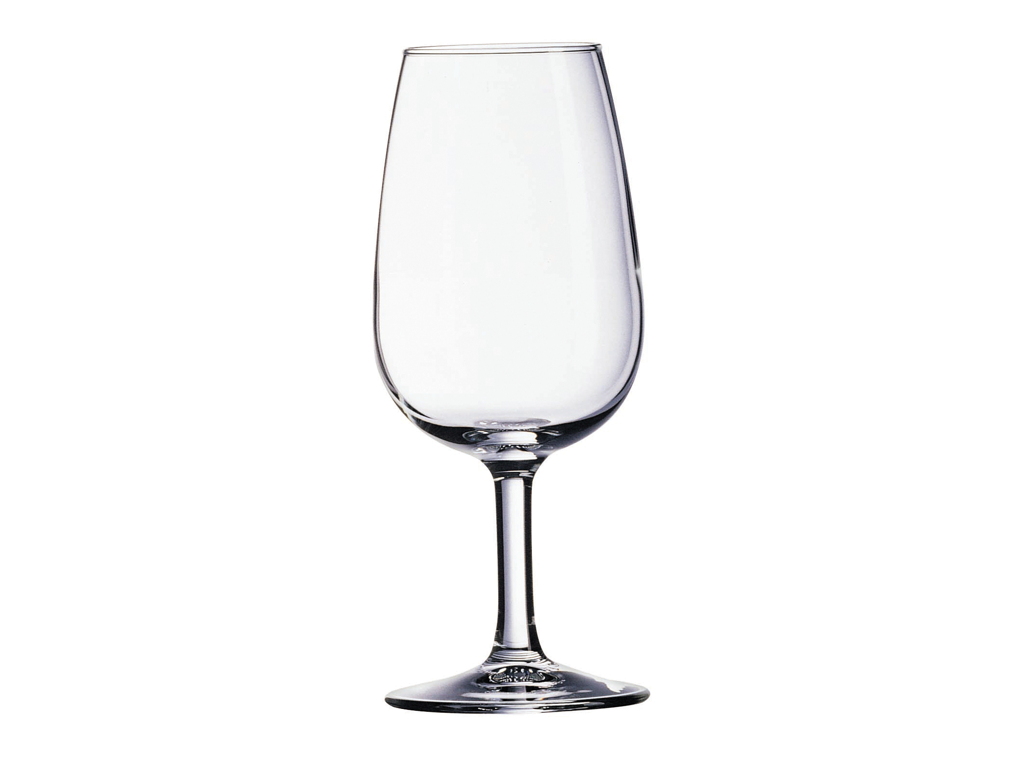
Selecting the right wine glass can significantly enhance your enjoyment and appreciation of wine, allowing you to fully experience its aromas, flavors, and nuances. With a wide array of shapes, sizes, and...
-
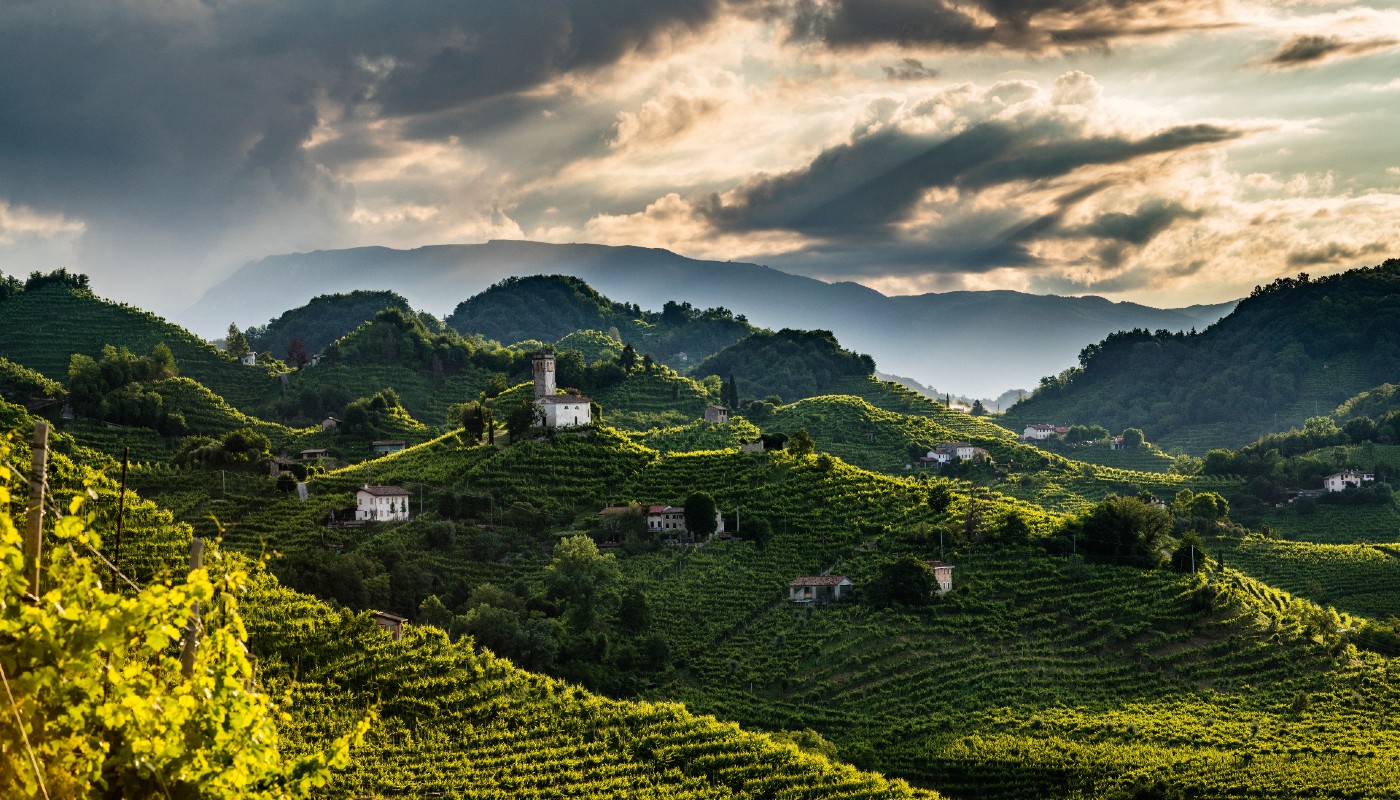
Nestled in the picturesque hills of the Veneto region in northeastern Italy lies the charming town of Conegliano, renowned as the birthplace of Prosecco and the epicenter of Italy's thriving sparkling wine...
-
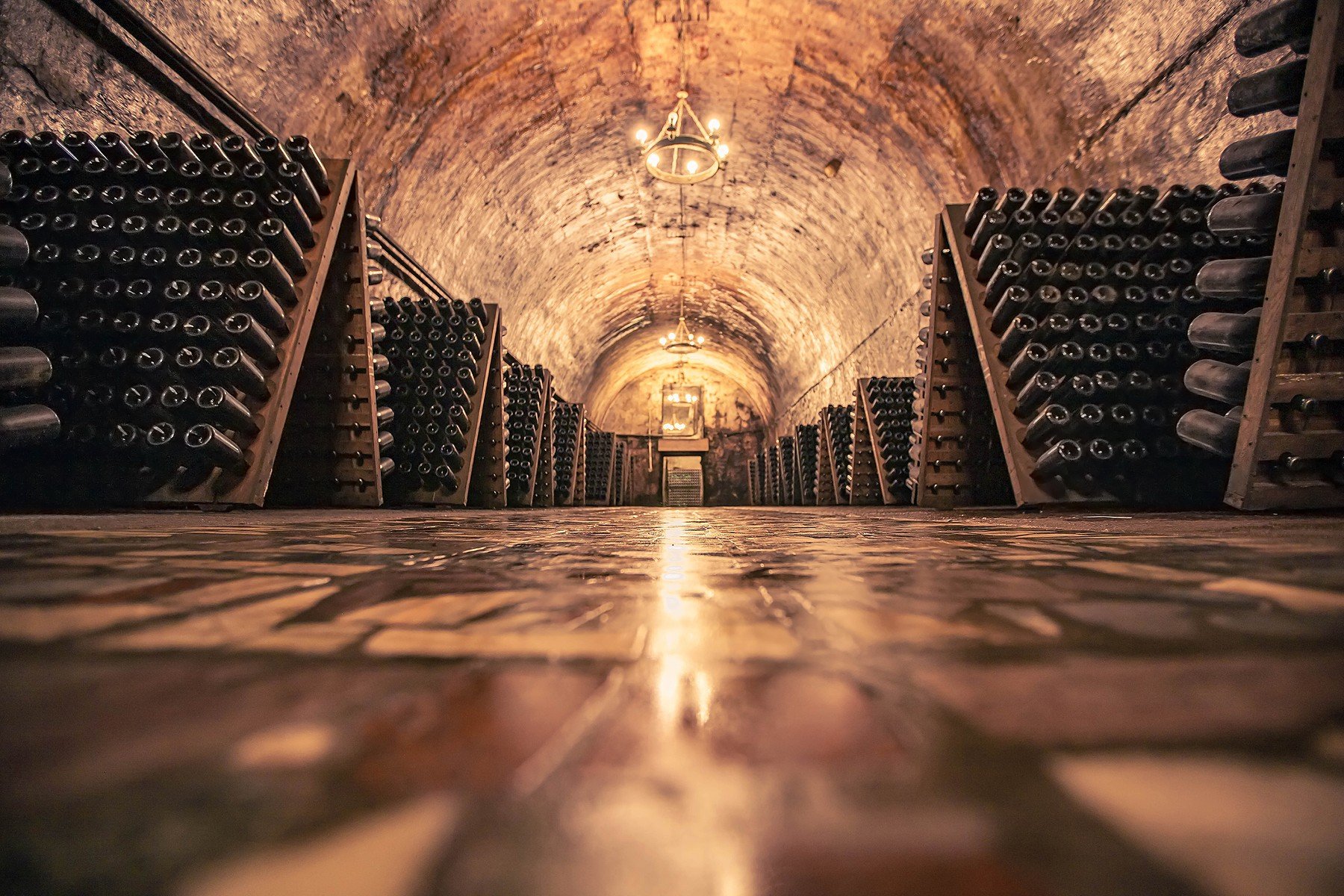
Champagne, the quintessential sparkling wine synonymous with celebration and luxury, is crafted through a meticulous and time-honored winemaking method known as the Méthode Champenoise. From grape to glass, the journey of Champagne...